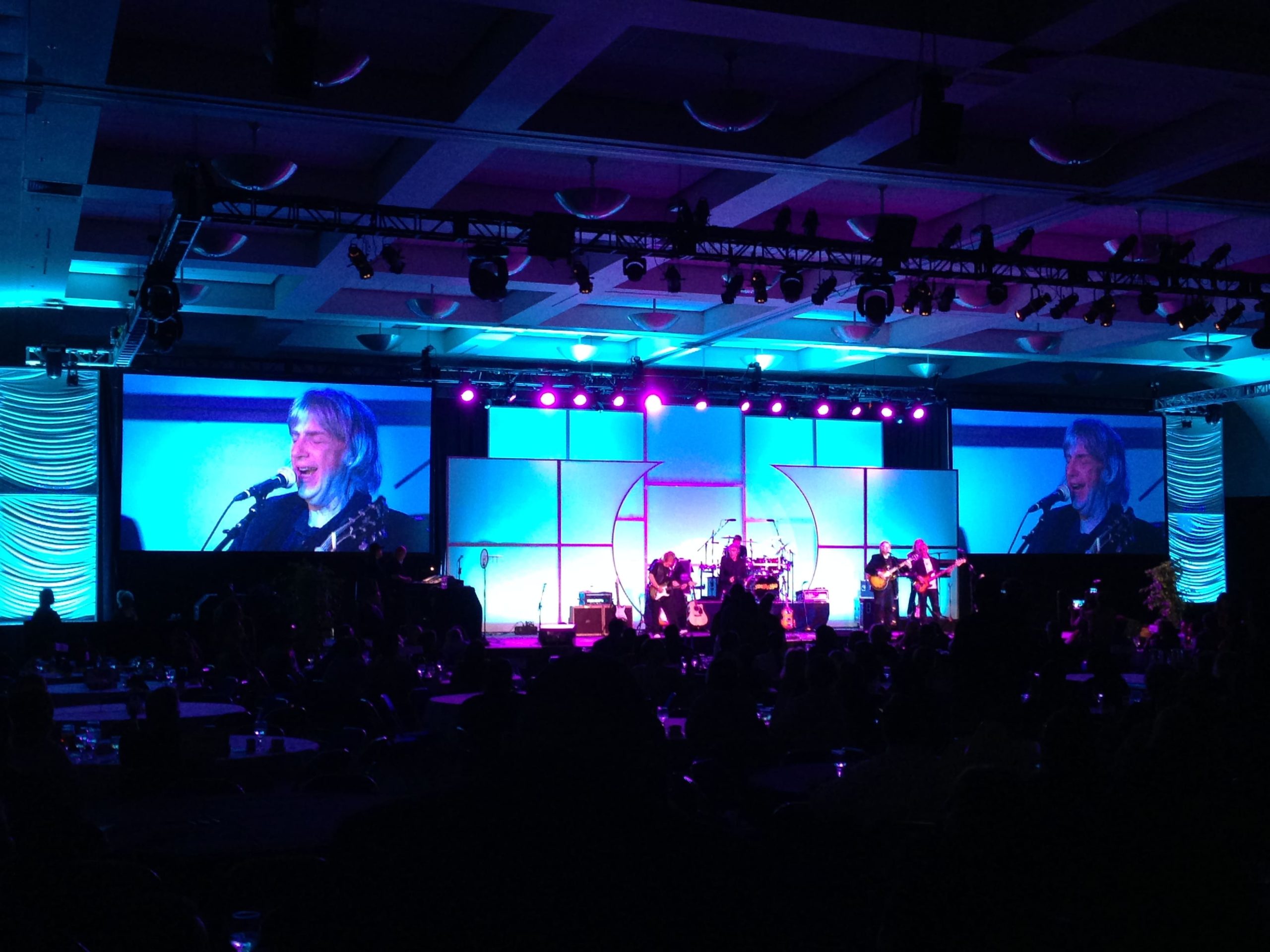Integrating Traditional Systems with Advanced Audio Connectivity Solutions for Improved Performance as well as Flexibility.
Integrating Traditional Systems with Advanced Audio Connectivity Solutions for Improved Performance as well as Flexibility.
Blog Article
Within the current rapidly evolving world of sound technologies, the requirement to enhance performance and adaptability in sound solutions is more important than ever before. Numerous organizations and locations still rely on outdated technologies, which are older technologies that may not have the capabilities of contemporary equipment. However, integrating these legacy technologies with cutting-edge audio networking solutions can lead to substantial enhancements. Sound communication enables for improved communication between equipment, allowing it simpler to manage and manage sound throughout various spaces.
One of the key benefits of integrating legacy systems with modern sound networking is increased adaptability. Conventional sound technologies often involve complicated cabling and limited pathway options. With audio networking technologies like Dante or AVB, sound signals can be transmitted over conventional Ethernet connections. This means that operators can readily link various devices without the requirement for extensive rewiring. Regardless in a concert venue, a school theater, or a corporate event, this adaptability enables for rapid adjustments and modifications to the audio setup without major downtime.
Quality is a further significant element that enhances when outdated systems are modernized find out here now with current communication technologies. Outdated systems may have difficulty to deliver superior audio, particularly in larger spaces or during complex events. By adopting audio communication, organizations can take advantage of advanced features such as minimal latency, synchronization, and electronic data management. These improvements assist guarantee that audio is distinct and consistent, improving the overall experience for listeners and performers together. This transition can create a noticeable difference in how sound is perceived in different environments.
Additionally, integrating outdated systems with contemporary technologies can lead to financial benefits in the extended term. While upgrading to new equipment may necessitate an initial cost, the efficiency gained through sound networking can lower upkeep costs and decrease the need for ongoing repairs. Furthermore, networked systems often require fewer tangible room than traditional installations, which can save on real estate costs in locations. Organizations can allocate funds more effectively, using the savings they retain to allocate resources in additional important areas.
Finally, training personnel on how to use integrated systems becomes simpler with sound communication. Many modern audio communication platforms come with user-friendly controls and remote management capabilities. This indicates that even those who may not significant technological expertise can learn to operate and control the audio systems efficiently. Educational programs can be developed focused on these solutions, empowering staff to manage and troubleshoot systems with assurance. By blending the legacy with the modern, entities can create a more competent and skilled team, ultimately leading to better audio experiences for everyone involved.